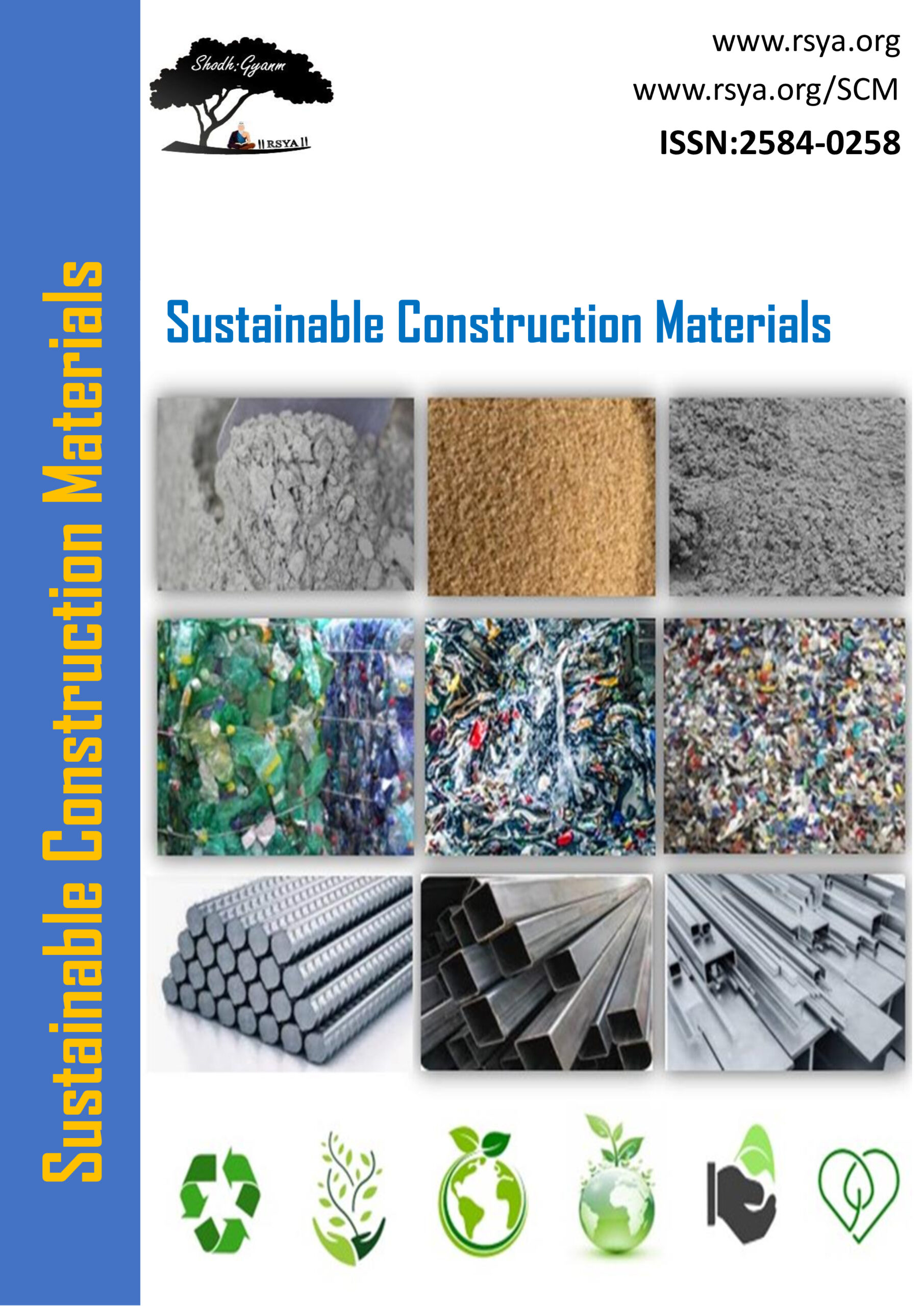
Civil Engineering, Construction Engineering & Management, Material Engineering
ISSN: 2584-0258 Open Access, Double Blind Review
Abstract and Indexing: Road, Google Scholar
Under Review: Scopus(Applied), UGC-Care(Applied), WoS (Applied)
Research Article
Deepanker Anuj*, Rohan Raj
Vol 2 Issue 1, Pages 16 - 24
Published on: 13 Jul, 2022
Abstract- The results of this study show that using Subtilis microscopic organisms and applying concentrated effort to mending concrete as a way of break management to extend the operational life of a structural framework are both beneficial for the development of a robust framework. This article investigates a novel mechanism known as Microbiologically Induced Calcite Precipitation (MICP). Bacillus Subtilis is used in this situation together with its nutrients, which include nutritious fluids, calcium chloride dehydrates (CaCl2), sodium bicarbonate (NaHCO3), and ammonium carbonate (NH4Cl). The bacteria used was Bacillus Subtilis liquid form with a concentration level of 10,00,000 cells/ml in 30 ml of liquid form, and the mixing ratio used was (1:2 12: 5: 0.45). Three specimens of each test are used to evaluate the strength of the concrete combination: a cube measuring 300 x 300 x 300 mm is used for the compression test, a cylindrical mould measuring 612 x 12 inches is used for the split tensile strength test, a rectangular beam measuring 21 6 6 6 inches is used for the flexural strength test, and a square specimen measuring 3 x 6 inches is used to determine the moisture content. Each specimen used in the recovery process is 4 inches by 2 inches by 2 inches and has been intentionally fragmented. The experiment’s findings show a notable improvement in the quality of microbe-infected or microbial concrete compared to conventional concrete, and as a result, caco3 precipitation may be seen after 3–4 weeks in Microcracks.
